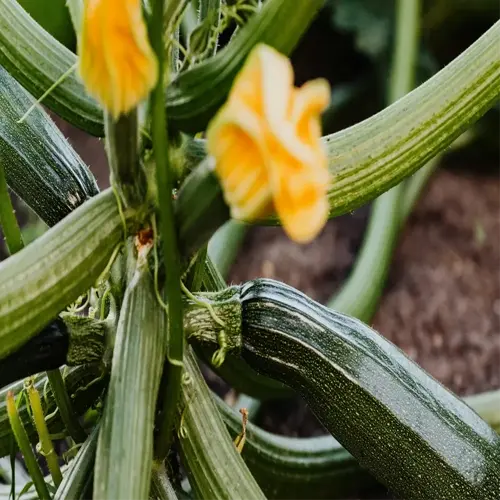How does grass type affect fertilization schedules?

Written by
Nguyen Minh
Reviewed by
Prof. Martin Thorne, Ph.D.The fertilization schedule is governed more by Grass type than any other consideration. Bermuda's summer appetite is very different from Fescue's appetite in the fall. I have seen clients go so far as to engulf St. Augustine with winter feed products specifically for ryegrass, and understanding your turf's DNA would have prevented these types of circumstances. Just testing the soil is not enough - you must consider grass genetics.
Regional Adaptation
- Warm-season grasses demand 65°F+ soil temps
- Cool-season types absorb nutrients below 55°F
- Transition zones require hybrid schedules
Soil pH Preferences
- Bermuda thrives at 6.0-6.5 pH
- St. Augustine needs 5.0-5.5 acidic soils
- Ryegrass tolerates alkaline 7.0+ conditions
Application Techniques
- Liquid iron for St. Augustine chlorosis
- Slow-release granules for Zoysia
- Drop spreaders for Fescue precision
Southern lawns annually suffer from nightmares of iron deficiency. A client in Tampa had St. Augustine grass that was yellowing, even with perfect nitrogen levels. Soil tests indicated a pH of 7.2. We started applying a chelated iron injection once a month from an inject-a-feeder system, which took the pH down to 5.5. After three months of this treatment, the emerald green St. Augustine grass was brighter than everyone else's cookie-cutter lawns in the neighborhood.
Overfertilization Signs
- Bermuda: Thatch buildup >0.5 inches
- Fescue: Snow mold in winter
- St. Augustine: Gray leaf spot
pH Adjustment Fixes
- Elemental sulfur for alkaline soils
- Lime applications every 3 years
- Compost tea for microbial balance
Legal restrictions add to nutrient needs that grass-specific variables are already considering. As an example, Maryland's law restricts nitrogen application per month to 0.9 lbs when considering just Bermuda's growth pattern in the summer months. The solution is simple - split applications of nitrogen; 0.45 applied in June and 0.45 applied in July. My clients in Annapolis have championship-quality lawns while following the Chesapeake Bay protection laws.
Marry grass type to regional regulations or pay the price. After the application of 10-10-10 fertilizer to St. Augustine grass in August, a Sarasota homeowner incurred a $500 fine plus corrective measures. The homeowner's horticultural advisor disregarded the "P prohibition" that Florida deals with during the state's rainy season. Smart fertilization is about combining agronomics with the legal literacy of the state of Florida.
Read the full article: When to Fertilize Lawn: By Region & Grass Type

